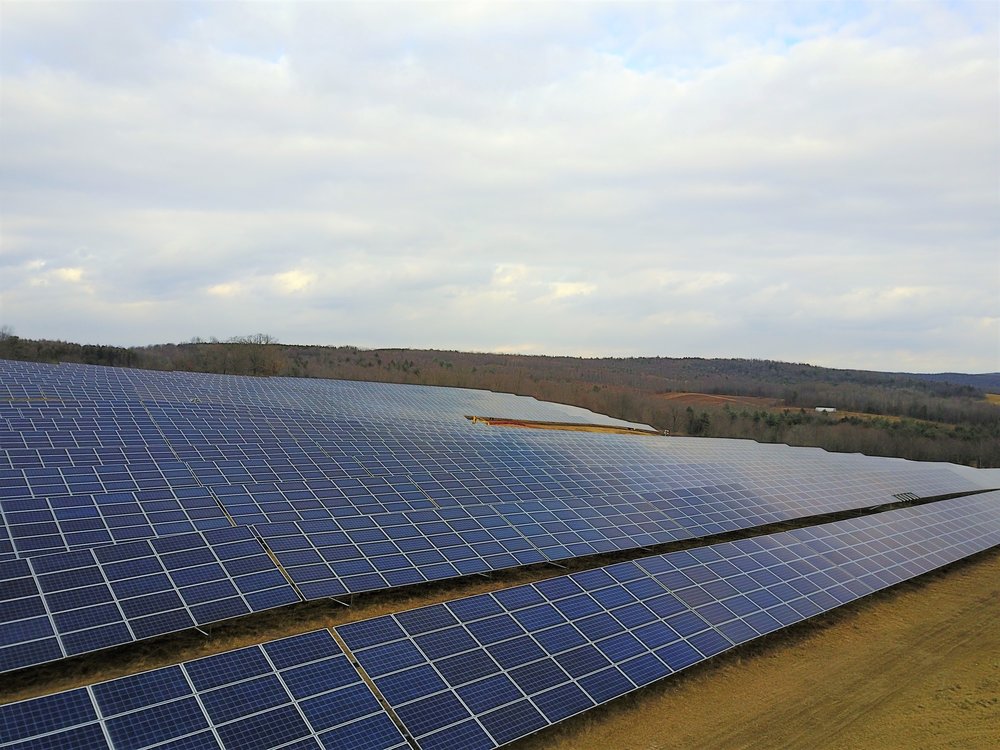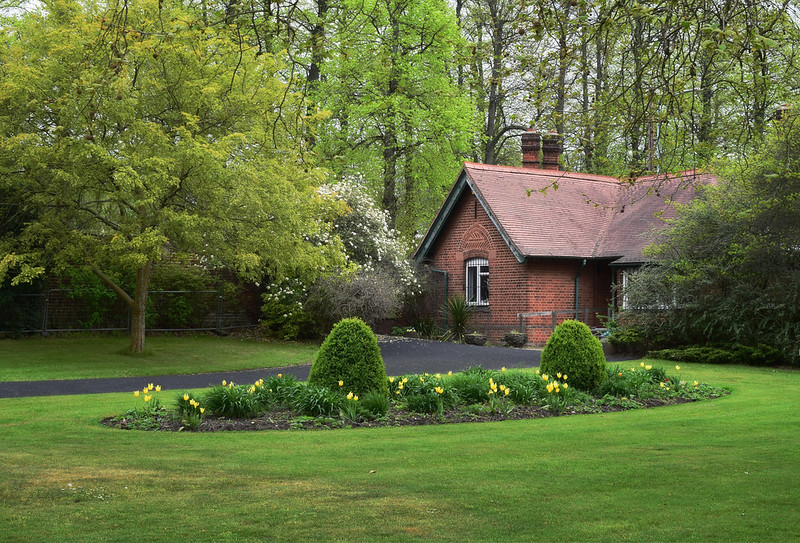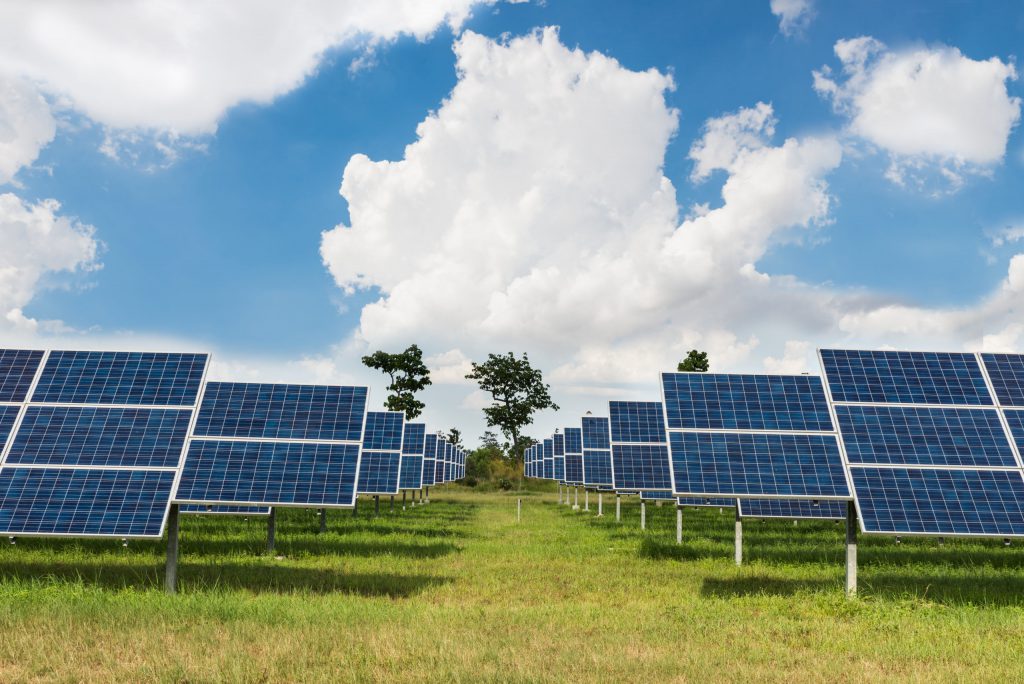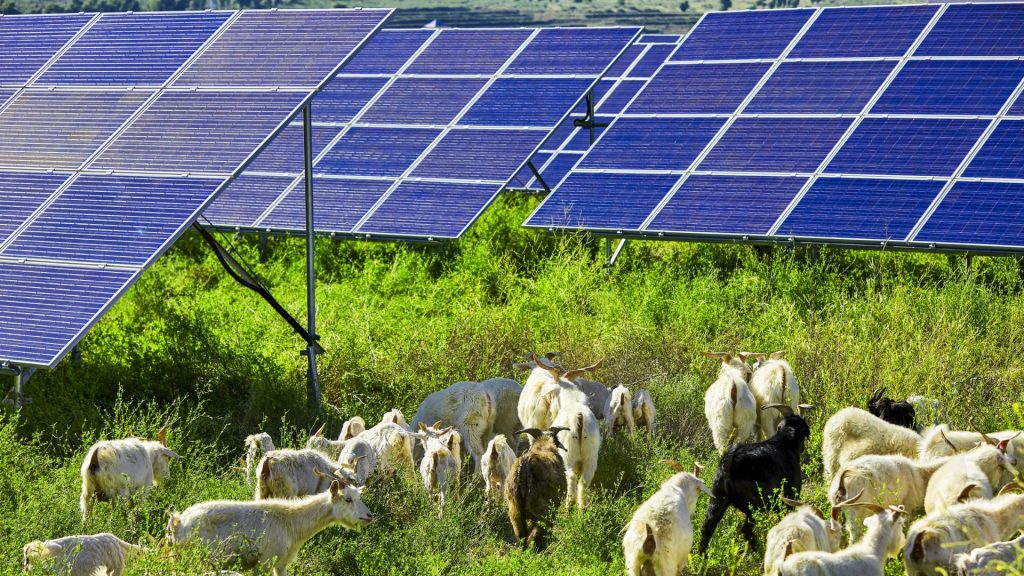Using renewable energy, like solar panels, can be one of the most effective ways to positively impact the environment. However, it’s important to keep more than just reducing emissions in mind when implementing renewable energy. Here are some ways that solar garden developers are able to ensure that their projects are built to protect our environment.
For well over a century now, coal-and-natural-gas-fired power plants have spewed pollution into the air around them. Coal ash and fracking have contaminated groundwater, and coal mining has famously destroyed once-mighty mountains. Solar is already fixing this toxic legacy–but project developers must be careful to avoid any negative impacts to the land.
Solar energy lifts this burden significantly. In fact, once they’re installed, they are entirely neutral to their surrounding environment. Panel manufacturers use specialized processes to recycle excess manufacturing materials to make sure that they never leave the factory, and some even include an end-of-life recycling plan in the purchase of their panels.
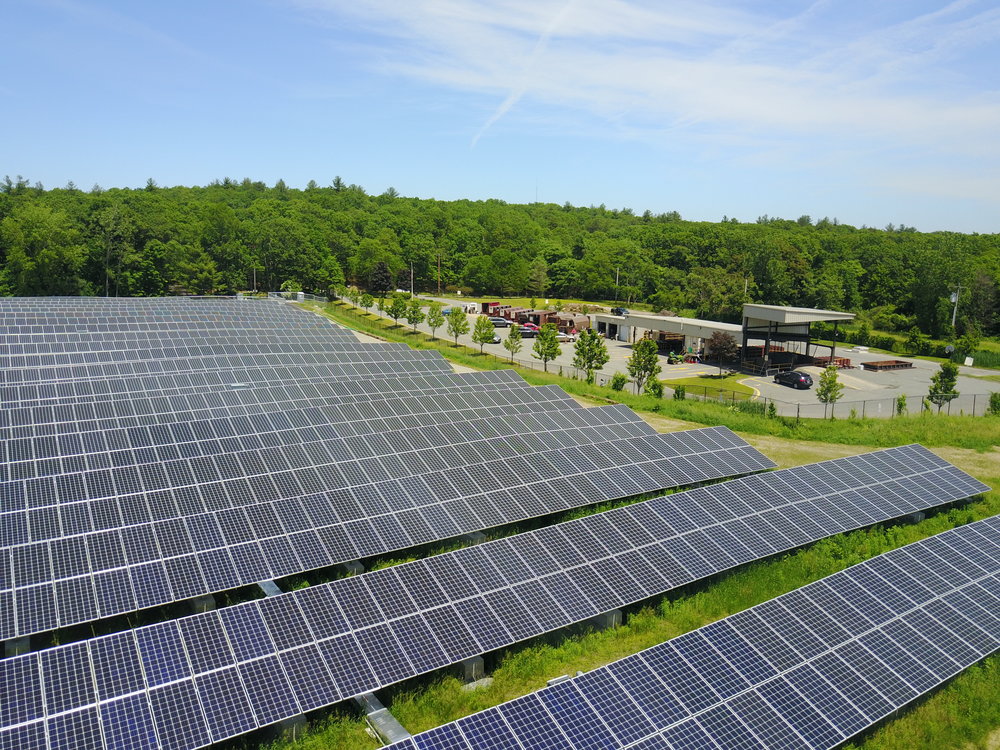
A community solar garden in Dover, MA was built on the top of a capped landfill.
Table of Contents
Responsible Development Can Mitigate Any Negative Impacts Of Solar Energy
Those of us who know the value of land—both natural and cultivated—know that preservation will always trump restoration. A tract of cleared forest can take several decades to regain the social and economic value of lost biodiversity. Similarly, farmers put great care into maintaining the health of their soil in order to bring you healthy and cost-competitive food.
This same principle is why the solar industry must do its part to preserve rural land and contribute to the communities where these projects are sited. These four principles can ensure that the solar industry has a positive impact on our rural lands and keeps natural habitats intact:
- Build solar farms and gardens where you can’t build anything else. On capped landfills and superfund sites, concerns about contamination make it illegal to use the land for other purposes. Where possible, these sites are optimal for solar gardens.
- Always build on brownfields. Brownfields are sites that have previously been developed for human use. It doesn’t make environmental sense to destroy ecosystems and fell trees to build solar farms, so they should always be built on brownfields. Encouragingly, states like Massachusetts now have policies that give community solar projects extra compensation to build on brownfields and capped landfills.
- Care for the land. Leaving land fallow is a great way to restore soil health. This means that solar plants can have a positive impact on soil health, and this restorative effect of solar plants can be enhanced by putting in soil-restorative plants around the bases of the solar panels, and by allowing animals to graze around the periphery.
- Make sure landowners and local communities see the benefits of community solar gardens. Our partner for our most recent New York projects is Delaware River Solar (DRS). Rich Winter, the President and founder of DRS, raises grass-fed cattle in the area—in fact, DRS’s very first project was located on Rich’s own land in Callicoon, NY. Many of the companies’ upcoming projects will be located on the land of other cattle farmers in the area, who have been looking for ways to supplement their income after a recent downturn in dairy prices.
Small farmers and healthy rural communities are key to preserving rural lands—after all, who better to safeguard that land than the people who actually know it? From Massachusetts to Texas, solar has become a way for small farmers to pay down property taxes and keep their farms, preserving the strength local communities and providing clean energy for the region. And community solar gardens have a host of other benefits, bringing jobs to small towns and revenues to local governments and tax districts.
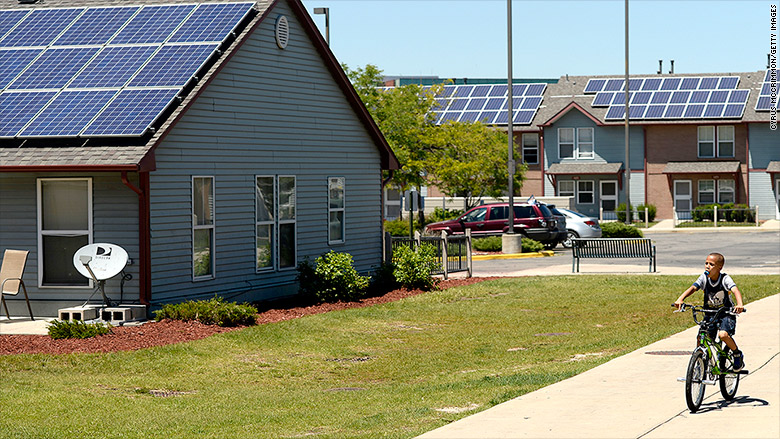
The solar industry, by its nature, tends to be made up of people who care about the environment. It’s encouraging to see so many solar companies developing projects with an eye towards preserving the local environment and supporting local communities, and we always try to do our part in helping this awareness grow.
